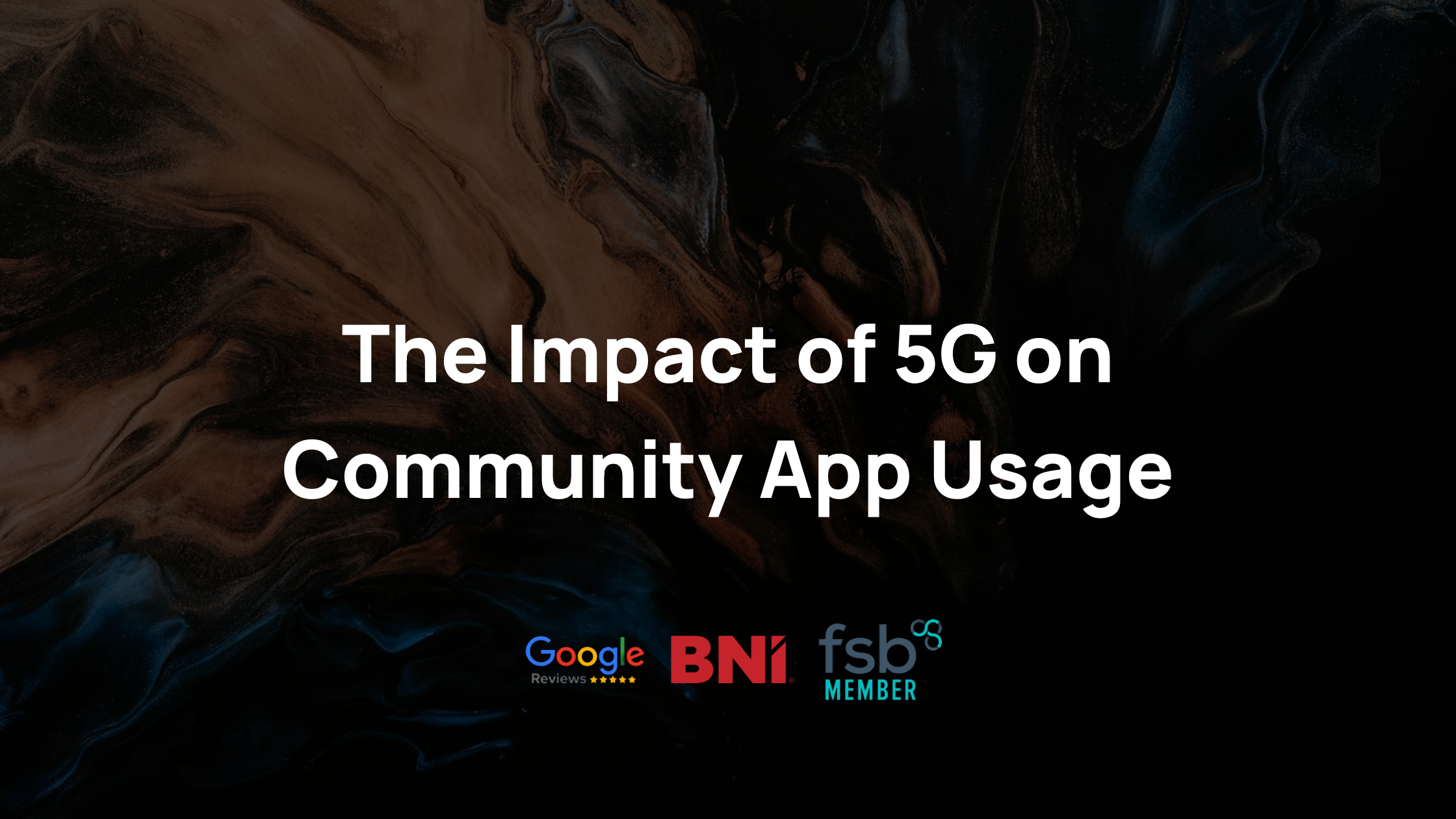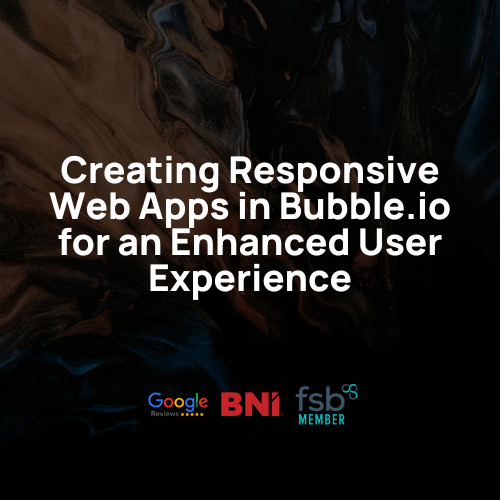App Development Trends: Staying Ahead of the Curve
App development constantly evolves, and staying updated with the latest trends is essential for success. As technology advances, new tools and techniques emerge that can significantly enhance the functionality and user experience of apps. Businesses and developers must keep an eye on these trends to maintain a competitive edge.
The Rise of AI and Machine Learning in App Development
AI and Machine Learning are transforming the app development landscape. These technologies enable apps to learn from user interactions and improve over time, offering personalised experiences and smarter functionalities. Here are some ways AI and ML are being utilised in app development:
- Personalisation: AI can analyse user behaviour and preferences to offer personalised content and recommendations. This makes the app more relevant to individual users, increasing engagement and satisfaction.
- Predictive Analytics: Machine Learning algorithms can predict user needs based on historical data. For instance, an e-commerce app can suggest products that a user might be interested in purchasing based on their past behaviour.
- Natural Language Processing (NLP): NLP helps apps understand and respond to user queries in a conversational manner. This technology is widely used in chatbots and virtual assistants, enhancing user interaction.
- Image and Voice Recognition: AI-powered image and voice recognition technologies enable features like facial recognition for security and voice commands for hands-free operation. These features can significantly enhance user convenience.
- Automated Customer Support: AI can automate customer support functions, providing instant responses to common queries and freeing up human agents to handle more complex issues.
By integrating AI and ML, app developers can create smarter, more efficient, and user-friendly applications that cater to specific needs and preferences.
The Growing Importance of Cross-Platform Development
Cross-platform development has become essential as users access apps from various devices and operating systems. Creating an app that works seamlessly on multiple platforms can save time and resources. Here are some key benefits of cross-platform development:
- Wider Reach: By developing a cross-platform app, you can reach a broader audience since the app works on different devices and operating systems, such as iOS and Android.
- Cost-Effectiveness: Developing a single codebase for multiple platforms reduces development costs and time. This unified approach avoids the need to build separate apps for different systems.
- Consistent User Experience: Cross-platform development ensures that users have a similar experience regardless of the device or operating system they use. Consistency boosts user satisfaction and retention.
- Easier Maintenance and Updates: Maintaining and updating a single codebase is simpler and more efficient. Changes can be implemented across all platforms simultaneously, ensuring all users receive updates at the same time.
- Quicker Time to Market: With cross-platform tools, developers can deploy apps faster. This is crucial for gaining a competitive edge and addressing market demands promptly.
Popular cross-platform development tools include Flutter, React Native, and Xamarin. These frameworks provide the necessary resources and support to build high-quality, cross-platform applications efficiently. By embracing cross-platform development, businesses can streamline their development process and deliver robust, versatile apps.
The Impact of 5G on Mobile Apps
5G technology is revolutionising mobile app development by providing faster internet speeds and lower latency. This technological advancement opens up new possibilities for app functionality and user experience. Here are some significant ways 5G impacts mobile apps:
- Enhanced Speed and Performance: 5G offers download and upload speeds that are significantly faster than 4G. This means that apps can load quicker, provide real-time updates, and handle higher volumes of data with ease.
- Improved Connectivity: With 5G, mobile apps can maintain stable and strong connections even in densely populated areas. This reliability is essential for apps that require constant connectivity, like gaming and streaming services.
- Advanced Features: 5G enables the development of more complex apps, incorporating technologies like Augmented Reality (AR) and Virtual Reality (VR). These features enhance user engagement and create more immersive experiences.
- Seamless Cloud Integration: Faster speeds and reduced latency make cloud services more accessible and efficient. Apps can store and process data in the cloud without performance issues, allowing for more sophisticated functionalities.
- IoT Integration: The Internet of Things (IoT) relies on quick data exchanges between devices. 5G enhances IoT capabilities, enabling better communication and coordination between connected devices through mobile apps.
These improvements make 5G a game-changer in the mobile app industry, allowing developers to create more dynamic, efficient, and user-friendly applications.
The Role of UX/UI Design in Modern Apps
UX (User Experience) and UI (User Interface) design play a critical role in the success of modern apps. They ensure that apps are not only functional but also intuitive and visually appealing. Here are key aspects of UX/UI design that can enhance your app:
- User-Centred Design: Always keep the user in mind. Design apps that are easy to navigate and meet the user's needs. Conduct user testing to gather feedback and make necessary adjustments.
- Intuitive Navigation: Keep the app layout simple and straightforward. Users should be able to find what they need without confusion. Use clear labels, organised sections, and a logical flow.
- Consistency: Maintain a consistent design throughout the app. This includes using a consistent colour scheme, typography, and button styles. Consistency helps users feel familiar with the app, improving usability.
- Visual Appeal: Use high-quality visuals to make the app attractive. Pay attention to details like icons, graphics, and animations. However, avoid overloading the app with too many visuals that can slow down performance.
- Responsive Design: Ensure that the app functions well on various devices and screen sizes. A responsive design adapts to different conditions, providing a seamless experience for all users.
- Accessibility: Design with accessibility in mind. This includes providing text alternatives for images, using easy-to-read fonts, and ensuring that the app is navigable through assistive technologies.
Effective UX/UI design can significantly influence user satisfaction and retention, making it a crucial element in app development.
Conclusion
Staying updated with app development trends is crucial for creating successful mobile applications. Embracing technologies like AI and Machine Learning can offer personalised and smarter user experiences. Cross-platform development ensures wider reach and consistent user experience across multiple devices. The introduction of 5G opens up new possibilities for app features and performance, while effective UX/UI design can significantly enhance user satisfaction.
CreatorConcepts Limited can guide you through the latest trends in app development, helping you stay ahead of the curve. Ready to incorporate these trends into your next project? Contact CreatorConcepts Limited today and take your app development to the next level.
 By
By


